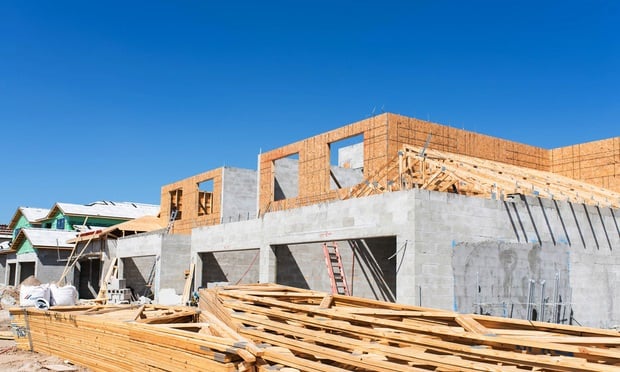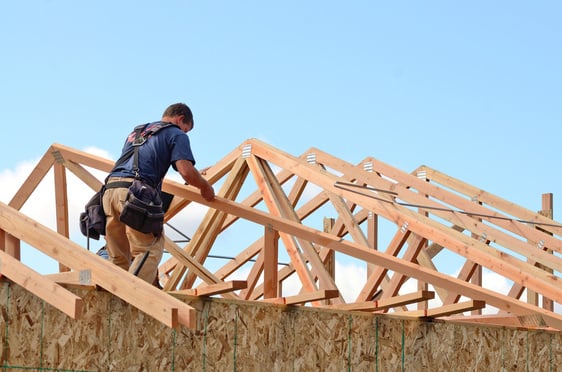SAN FRANCISCO—When talking about creative office, experts at the recent RealShare Bay Area Conference Series event say that culture is key to a productive collaborative environment. “It isn't the 300-square-foot private offices anymore…it is about the utilization of space and getting a higher employee density in a smaller space.”
That is according to panelist Adam Hooper, founder and CEO of RealCrowd, who spoke at the event, which is produced by ALM's Real Estate Media Group, which also publishes Real Estate Forum and GlobeSt.com. But it is more about the culture and the collaborative environment, he stressed. “We have a weekly Friday BBQ, for example, which sounds silly, but it helps build collaboration. It fosters attraction and retention.”
Hooper points out that the notion of working hours in the traditional sense is eroding. “If you come in for three hours and go home and get your stuff done, the traditional long-working hours isn't as important. Productivity is beyond punching a clock.”
One key, for developers at least, is to adopt creative office space correctly in ground up developments. “We really let our tenant customers define what creative means to them,” explained Rick Buziak, SVP of asset management at Kilroy Realty Corp.
“Our customers really tell us what needs to happen to the space. For example, we know that we need to have not only bike parking, but an ample amount of bike parking that also needs to be secure, neat and clean.”
Creative office can't be thought of as an afterthought, Buziak said. Some examples he pointed to includes roof decks that become usable space, fully equipped with Wi-Fi, shading elements, sound systems etc. “We also take that creative use to the lobby as well. We fully enable lobbies with media so that presentations can happen there as well…they are functional. We look from the inside out when we are designing office spaces for creative users.”
When moderator Nick Slonek, principal and managing director of Avison Young, asked about where the demand is coming from, Hooper pointed out that while a lot of the demand is from tech companies, which have a huge amount of capital feeding them, it is traditional users as well such as banking, finance and real estate companies. “There are also so many traditional businesses out there that are using a tech platform to grow and explode,” Hooper said, pointing to Uber and Airbnb as examples.
“There is demand from non-tech users who want to move away from the space they have been in for 20 years and make some sort of a transformation in how they use their space,” said Buziak. But he noted that it is hard to transform a space, while keeping them in the space.
Other issues or challenges he pointed to include that when we are taking older buildings and adapting to these new creative uses, HVAC for example, is driven by density.”Twenty years ago, we were seeing square footage of 250-300 square feet per person and you can cut that in half now. Not only are there are higher levels of demand on HVAC, but there is also a much greater usage of the elevators.” Restrooms, too he said, have twice as many people than they were designed for.
What remains more important, according to Hooper, is “hiring the right people that you trust will be productive even in that type of fun environment.”
Continue Reading for Free
Register and gain access to:
- Breaking commercial real estate news and analysis, on-site and via our newsletters and custom alerts
- Educational webcasts, white papers, and ebooks from industry thought leaders
- Critical coverage of the property casualty insurance and financial advisory markets on our other ALM sites, PropertyCasualty360 and ThinkAdvisor
Already have an account? Sign In Now
© 2024 ALM Global, LLC, All Rights Reserved. Request academic re-use from www.copyright.com. All other uses, submit a request to [email protected]. For more information visit Asset & Logo Licensing.








